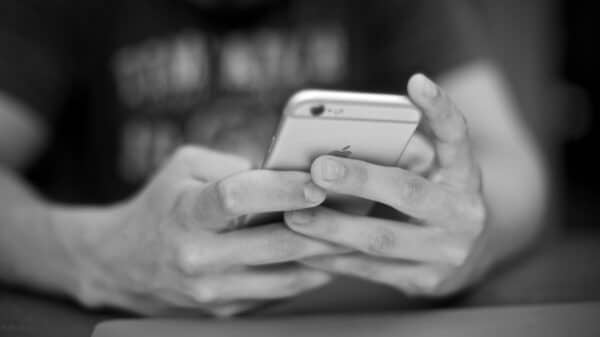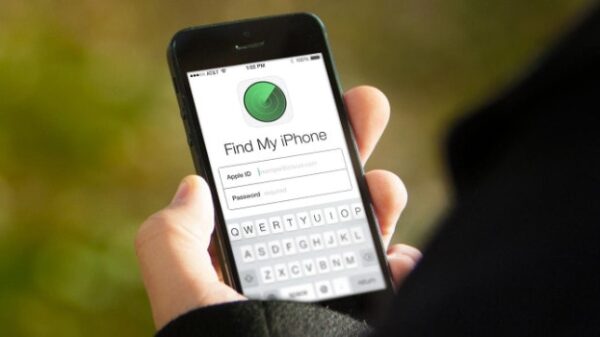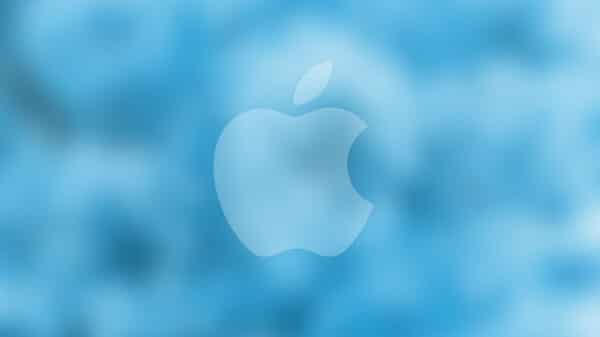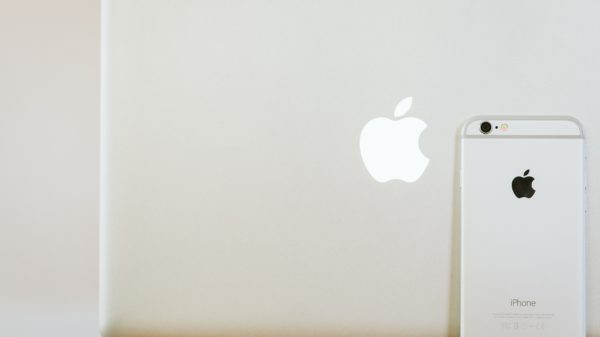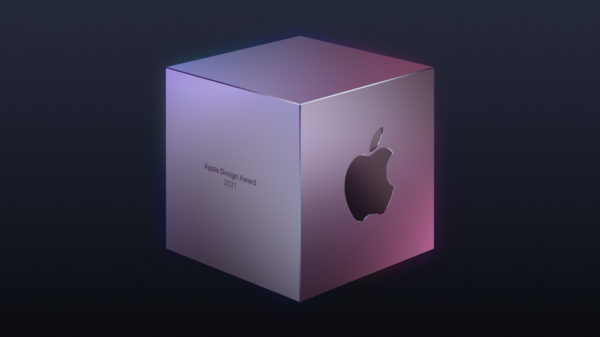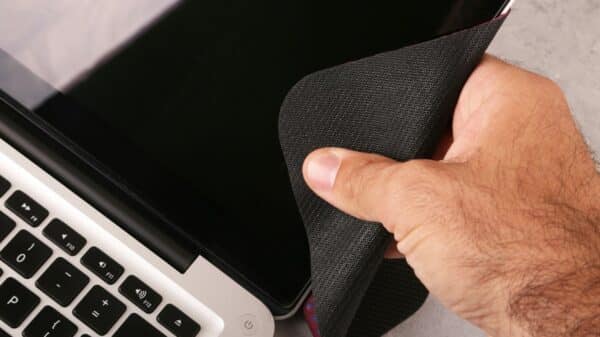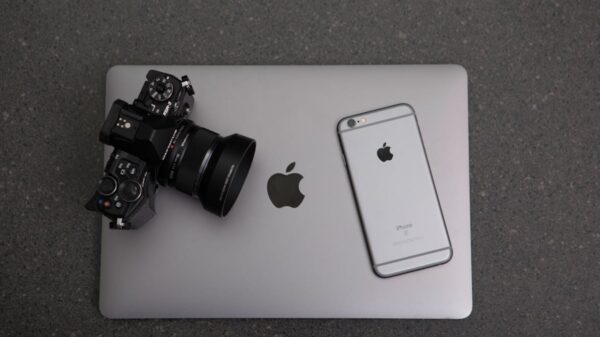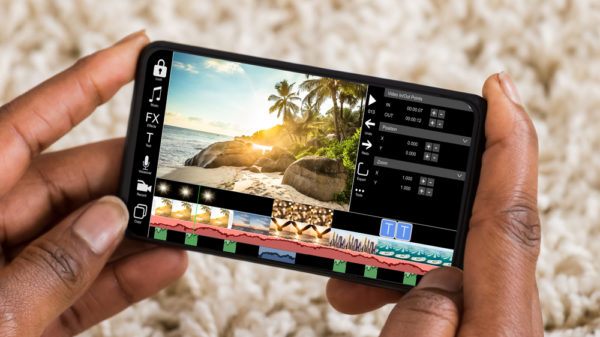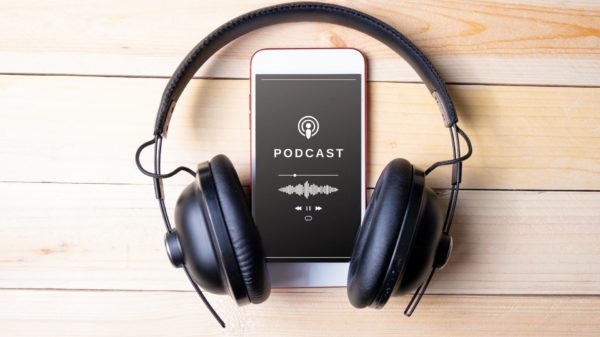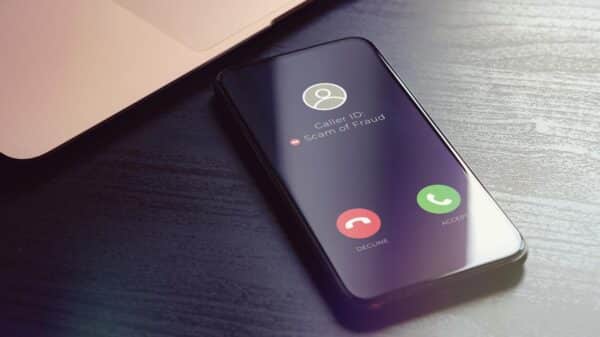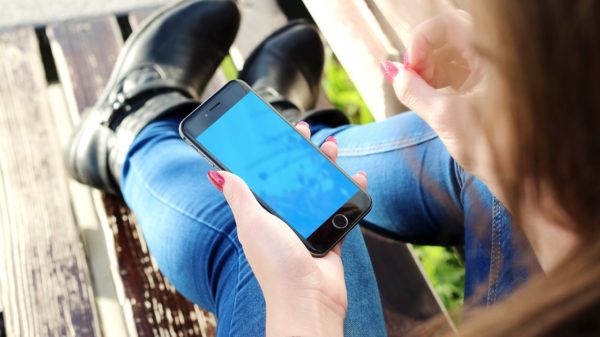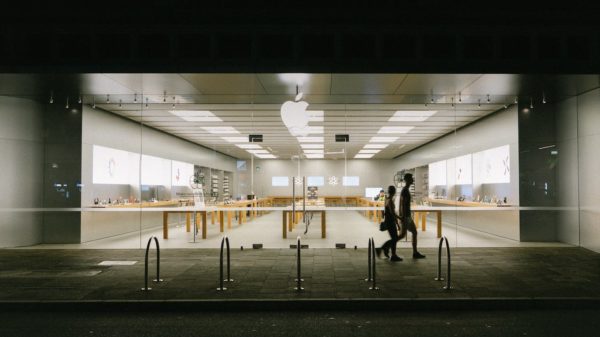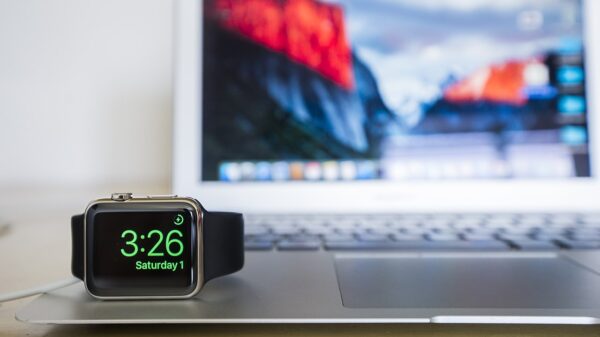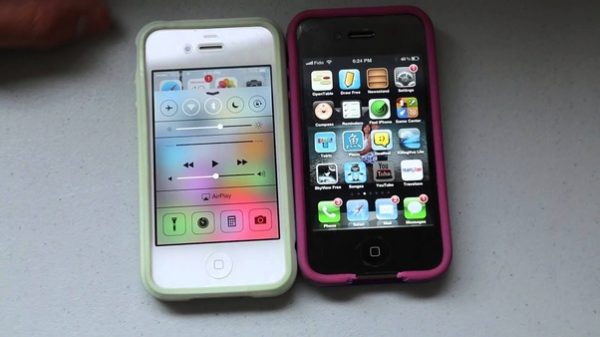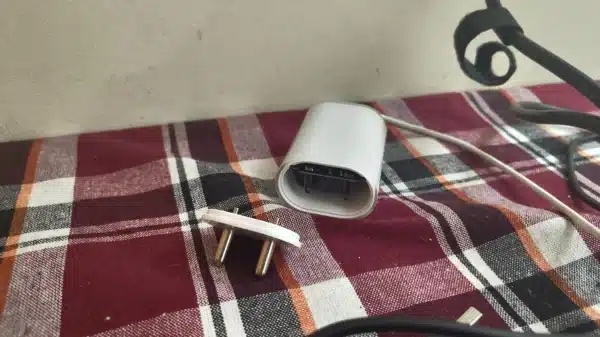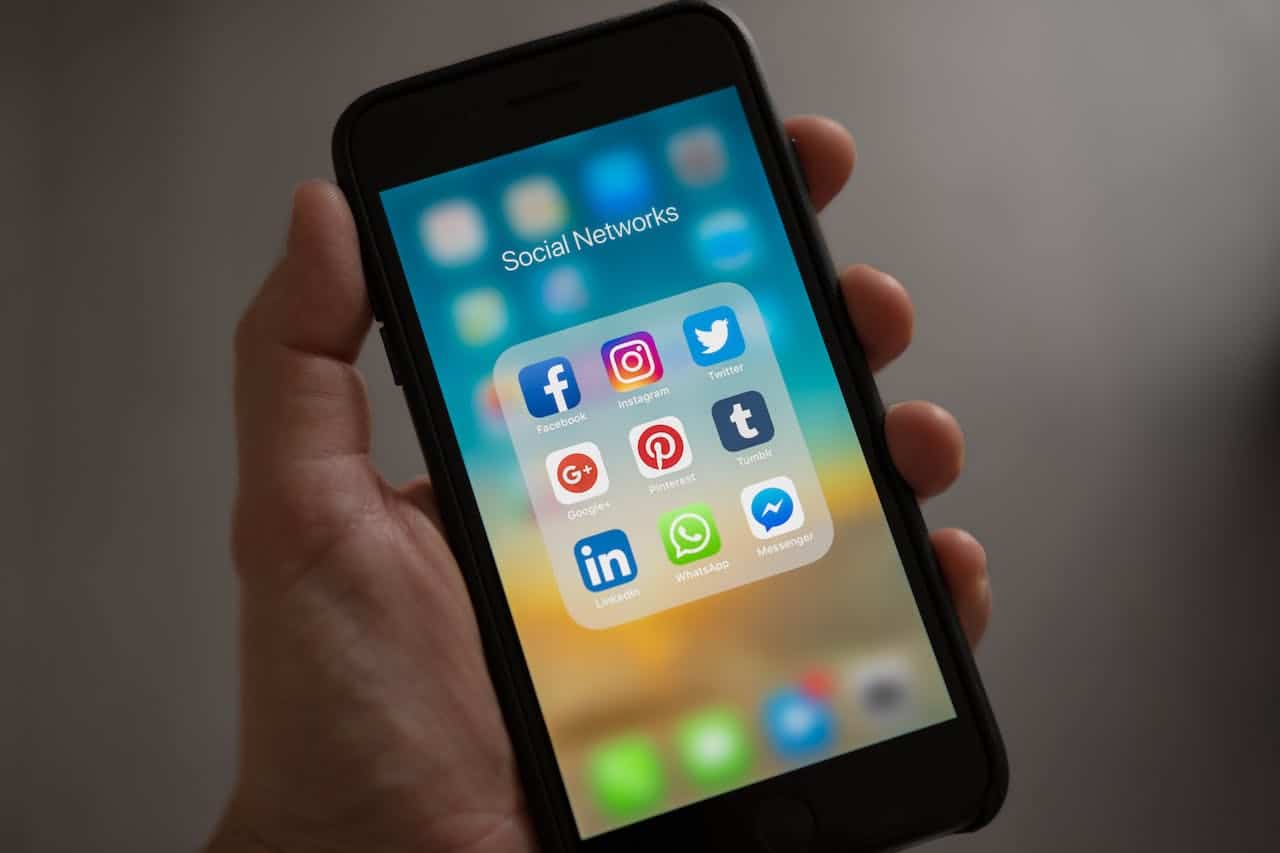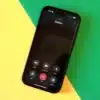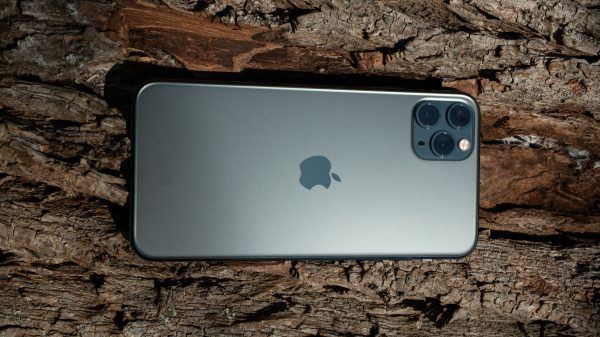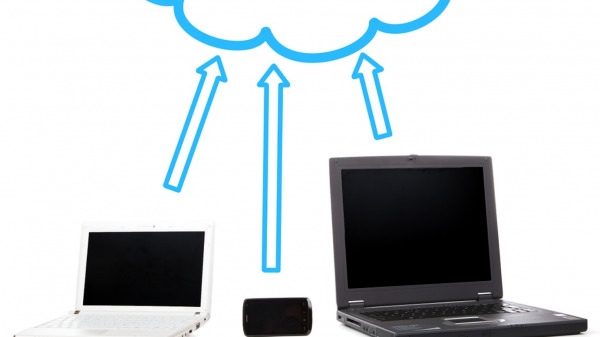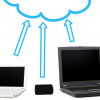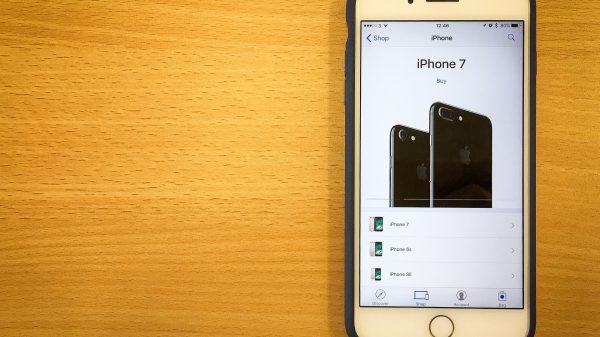In today’s fast-paced world, emails are one of the most used modes of communication, whether for personal or professional purposes. iPhone users often rely on Exchange Folders for their email management.
However, if these folders are not displaying on your iPhone, it can disrupt your workflow or daily routine. This article will explore this issue in detail and provide practical solutions to resolve it.
What are Exchange Folders on iPhone
Exchange Folders on an iPhone are an integral component of the Microsoft Exchange Server environment, which is a cornerstone of corporate communication systems. These folders are designed to offer a structured way to organize emails across various categories such as the inbox, drafts, and sent items. Furthermore, they provide the flexibility to create custom folders tailored to individual organizational needs.
The functioning of Exchange Folders is deeply integrated with the email client on your device — for instance, the Mail app on an iPhone. When an Exchange account is configured on your iPhone, there’s a seamless sync of these folders between your handset and the Exchange Server. This synchronization ensures that your emails are accessible to you no matter where you are or what time it is, provided you have internet access. This means you can manage your emails on your iPhone just as you would on your computer or any other device connected to the Exchange Server.
Common Reasons for Exchange Folders Not Showing on iPhone
Encountering issues where Exchange Folders do not appear on your iPhone can be a source of frustration. The reasons for this can vary widely.
The most straightforward reason could be a misconfiguration in your iPhone’s settings. Sometimes, an update or an unintended change can disrupt the sync process, leading to the folders not being displayed as expected.
Another possibility is that the problem lies with the Exchange Server. Servers require maintenance, and during these periods, or if there are unexpected technical issues, users might find that their Exchange Folders are not showing up. Moreover, if your account credentials are no longer valid or have been altered due to security policies, this could also prevent the folders from syncing properly.
Lastly, consider the possibility of software glitches or bugs. These can occur within iOS, the Mail app, or on the server’s side. Such bugs can interfere with the usual operation of email synchronization, causing folders to disappear or not show updated content.
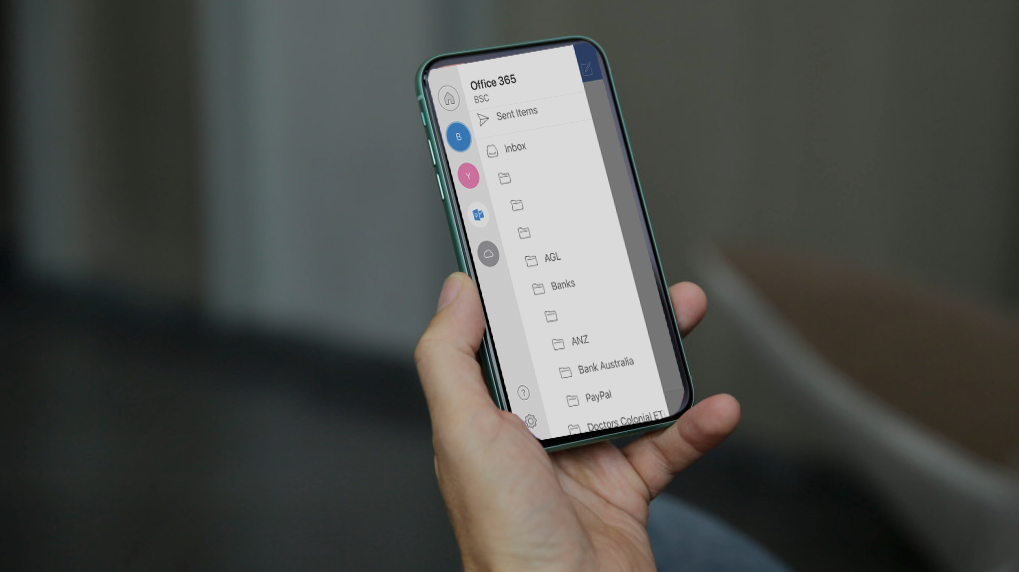
Diagnosing the Problem
Diagnosing the issue with Exchange Folders not showing on an iPhone requires a systematic approach. First, assess the symptoms to determine the scope of the problem. If the issue is with all folders or just specific ones, this can provide a clue as to where the problem may lie.
To check if the issue is related to the iPhone settings, attempt to access your Exchange account on another device or through a web-based email client. If the folders appear correctly there, the likelihood increases that the problem is localized to your iPhone’s settings or the Mail app.
In the case of potential server issues, the next step would be to reach out to your organization’s IT department or technical support team. They have the tools and access to verify the status of the Exchange Server, confirm if there are any ongoing issues, and check the validity of your account details. Their insight can be crucial in determining whether the problem is on the server side or if it’s an isolated issue with your device.
Solutions to Fixing the Problem
Addressing the core of the problem is essential for any technical issue, and this holds especially true when dealing with email discrepancies on your iPhone. Once you have pinpointed the underlying cause, you can proceed with targeted solutions to rectify the situation.
Should you suspect that the trouble lies within the iPhone’s settings, your first course of action should be to verify and adjust the settings. Navigate with precision: go to Settings, then Mail, proceed to Accounts, select your account, and follow through to Account again, and finally, to Advanced. Once there, scrutinize the ‘Mailbox Behaviors’ section for any misconfigurations and ensure that the ‘Mail Days to Sync’ setting is appropriately set to ‘No Limit’. This adjustment ensures that your iPhone will synchronize all emails without omitting any due to date restrictions.
On occasions where the predicament is associated with Exchange Server complications, a different approach is warranted. Reach out to your IT or technical support team without hesitation. They are well-equipped to investigate the server’s operational status. They possess the tools and authorization to reset passwords, update account information, or carry out any other fixes that might be necessary to resolve the server-side issues you’re encountering.
In the scenario where software anomalies are to blame—manifesting as bugs or glitches—a check for updates is advisable. Developers frequently release updates that rectify known issues. If your Mail app has any pending updates, installing them could potentially eliminate the problem. Should the issue persist, a more radical solution may be to completely uninstall the Mail app. After removal, a fresh installation can often clear out any lingering errors. Carefully set up your Exchange account once again, ensuring every detail is entered accurately to prevent further complications.
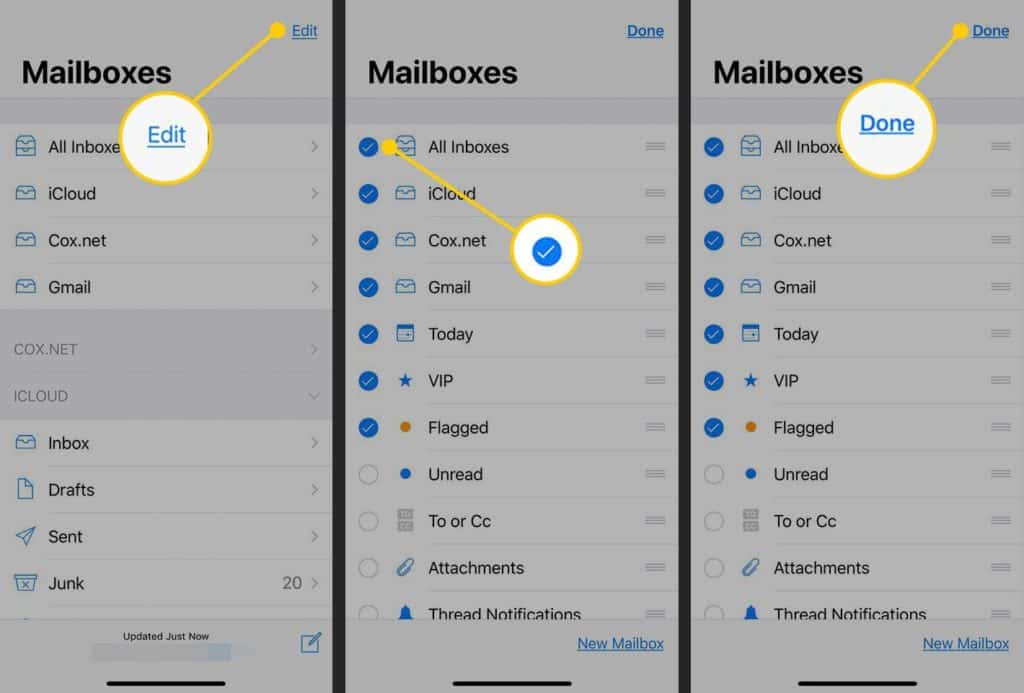
Prevention Measures to Avoid Future Issues
Proactive measures are key in avoiding the repetition of such problems. Consistency in maintaining the latest settings on your iPhone is crucial. It is beneficial to make a habit of routinely checking for software updates and installing them. Updates often include fixes for security vulnerabilities and bugs that could otherwise lead to similar issues.
Keeping an open and regular communication line with your IT or tech support department is also invaluable. They can provide early warnings about upcoming server maintenance or issues that might affect your email service. Establishing a rapport with them ensures you have a direct line of assistance when needed.
By adhering to these preventative strategies, you not only minimize the risk of future issues but also ensure that your iPhone and its applications run smoothly, keeping you connected and productive without unnecessary interruptions.
Conclusion
Dealing with Exchange Folders not showing on your iPhone can be quite frustrating, but we hope this guide makes it easier to diagnose and fix the issue. Always keep your devices updated, regularly check your settings, and don’t hesitate to contact support when necessary. With these practices, you can ensure smoother and more efficient email management on your iPhone.

